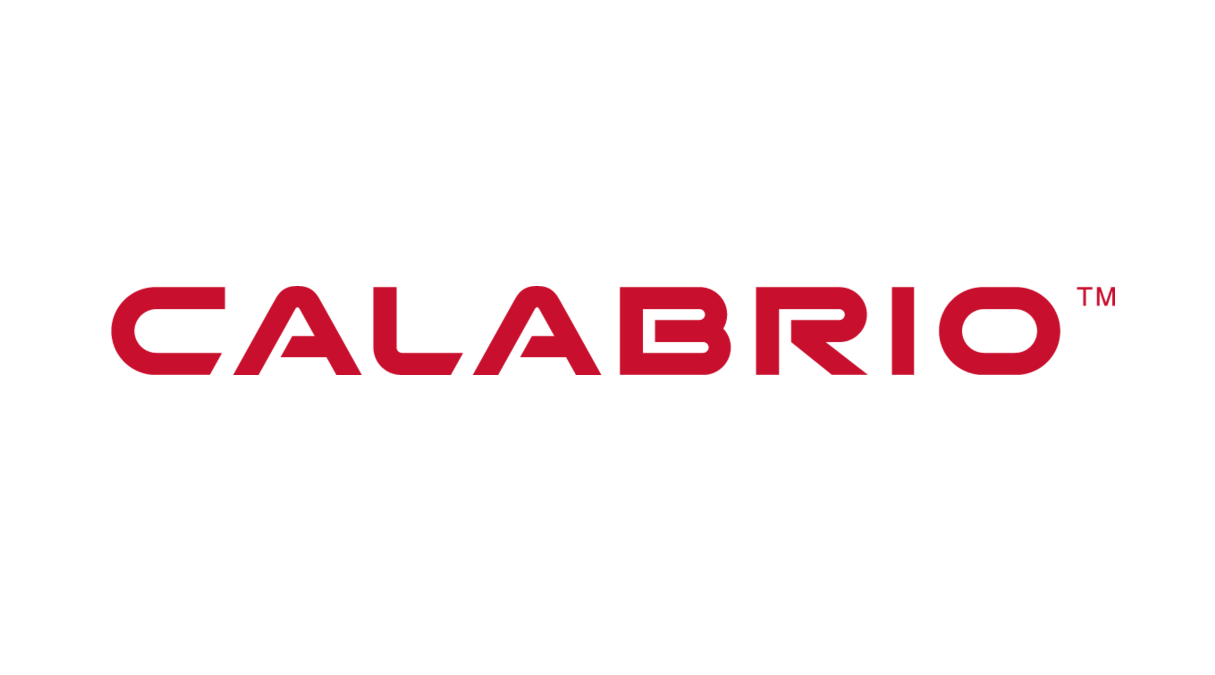Employee Experience: Stuck in the Middle with You
Can employees be motivated beyond promotions and salary increases?
NOTE: This article was initially published on Reworked.co on July 16, 2024, and is republished here with permission.
An article by Chip Cutter in The Wall Street Journal recently caught my attention. Titled "People Are Feeling Stuck in Their Jobs. Bosses Are Starting to Worry," the piece examines employees' growing sense of stagnation in the current job market. As employee turnover decreases and internal promotions slow, Cutter highlights how companies like McKinsey and Synchrony Financial are implementing creative strategies, such as job swaps and increased mobility budgets, to keep their workforce engaged and motivated.
Contrast this with another recent news report about how Dell was using promotion opportunities to get employees to return to the office. That article would make you think that promotions are insufficient motivators for nearly half of Dell’s employees. Yet, here is another commentary from a mainstream media source saying employees with promotion opportunities should consider themselves blessed.
What Does the Data Say?
Monthly data from the Bureau of Labor Statistics shows the U.S. job market appears relatively healthy, with steady job growth and low unemployment rates over the past year.
The unemployment rate as of June 2024 is 4.1%, which indicates a stable employment environment, in spite of being slightly higher than last year’s 3.6%. The growth centered on key sectors like government, health care, social assistance and construction, which continue to add jobs, reflecting robust demand in these areas. Unfortunately, some sectors, like information, finance, and manufacturing, show little movement.
 Source: US Bureau Of Labor Statistics
Source: US Bureau Of Labor Statistics
So, this BLS data can support the idea that some sectors are still growing and can support a tried-and-true employee incentive, such as promotions. But what is likely the cause of the difference between the Dell and McKinsey situations, both examples occurring in information technology-related companies?
On the one hand, Dell offers promotions but has less than 50% participation in the program. At the same time, McKinsey has limited promotional opportunities and is getting mixed feedback for its creative alternatives of job swaps and mobility opportunities. Is this just another example of the media always choosing the sensational headline?
My thought is that this has more to do with a misalignment of incentives with the audience. One thing the Dell coverage did raise was that most people who rejected the RTO command did so in part because they viewed the promotion opportunities as meaningless. Would that make the Dell workers' case closer to the McKinsey workers'?
How could either of these firms better align their employee incentive with their employees?
The Answer May Be in Your Age
One piece of data not discussed in these articles is the demographics of the employees being profiled, particularly their age.
First, a disclaimer. Much like Pew Research’s recent approach to generational insights, I agree that you must be cautious about making absolute statements about generational designations. A birthdate does not define behavior. However, it provides a parameter to cluster time-bound changes in critical influences on individuals—such as educational trends, geopolitical situations, or even economic states—which could mold how someone looks at other variables like employment.
Here are some examples of work-style influencers across three generations.
 Copyright Craig M. Durr 2019
Copyright Craig M. Durr 2019
In this case, I would contend that where someone is in their career would have a more predictable impact on their view of career promotions and salary increases.
Analyzing the key takeaways from the Wall Street Journal article, we can anticipate how various generational cohorts might react to these initiatives. In other words, employees' reactions can likely be clustered across different generational cohorts—Baby Boomers, Generation X, Millennials and Generation Z—to the newly implemented strategies for career advancement.
- Baby Boomers, who value recognition and upward mobility, might view the slowdown in promotions and the shift toward job swaps and mobility budgets with skepticism. They may perceive these changes as a lack of traditional advancement opportunities but could appreciate them if framed as ways to gain respect and recognition.
- Generation X employees, balancing career ambitions with personal commitments, might find job swaps and role expansions appealing as they align with their pursuit of meaningful and balanced work lives. But, then again, there is an equal possibility that income is their current core driver.
- Millennials are likely to respond positively to innovative work arrangements, valuing growth, flexibility and purpose. Job swaps and enhanced mobility fulfill their desires for continuous development and varied experiences.
- Generation Z, entering the workforce with a strong preference for innovation and digital fluency, might be the most enthusiastic. They value flexibility, autonomy and diverse challenges, seeing job swaps and mobility projects as exciting opportunities.
In other words, each generation brings unique perspectives and values to the table, and understanding these can help organizations tailor their approaches to career development, ensuring that all employees find value and opportunity in new corporate strategies.
The Takeaway – Reframe the Offer to Match a Segmented Audience
So, what can employers do here? One option is to become more prescriptive about what kind of offer you make based on career indicators, one of which is generational influences.
It sounds simple, but it is often overlooked. According to an article in Harvard Business Review, employees generally approach their work with one of three perspectives: viewing it as a job, a career, or a calling. A job is typically seen as a means to earn immediate income. Conversely, a career involves a long-term trajectory with aspirations for progression and increased earnings over time. However, a calling is distinct from both a job and a career; it is pursued for its intrinsic value and the fulfillment it provides in aligning with one's higher social, moral or personal mission.
But back to the opening question: can employees be motivated beyond promotions and salary increases? Absolutely. By understanding where employees are in their career journey, whether they view their work as a job, career or calling, employers can tailor their approaches. For instance, younger employees or those early in their careers might seek skill development and career progression like McKinsey is offering, while mid-career professionals might value work-life balance and meaningful projects. More experienced employees or those with a sense of calling may be motivated by opportunities to mentor others and contribute to the company's mission.
Then, when the situation and budgets allow, reconsider financial and promotion-based compensations. In other words, if employers abandon the one-size-fits-all approach to employee incentives and retention, they should weather the current market challenges.

 Source: Boston Link
Source: Boston Link

